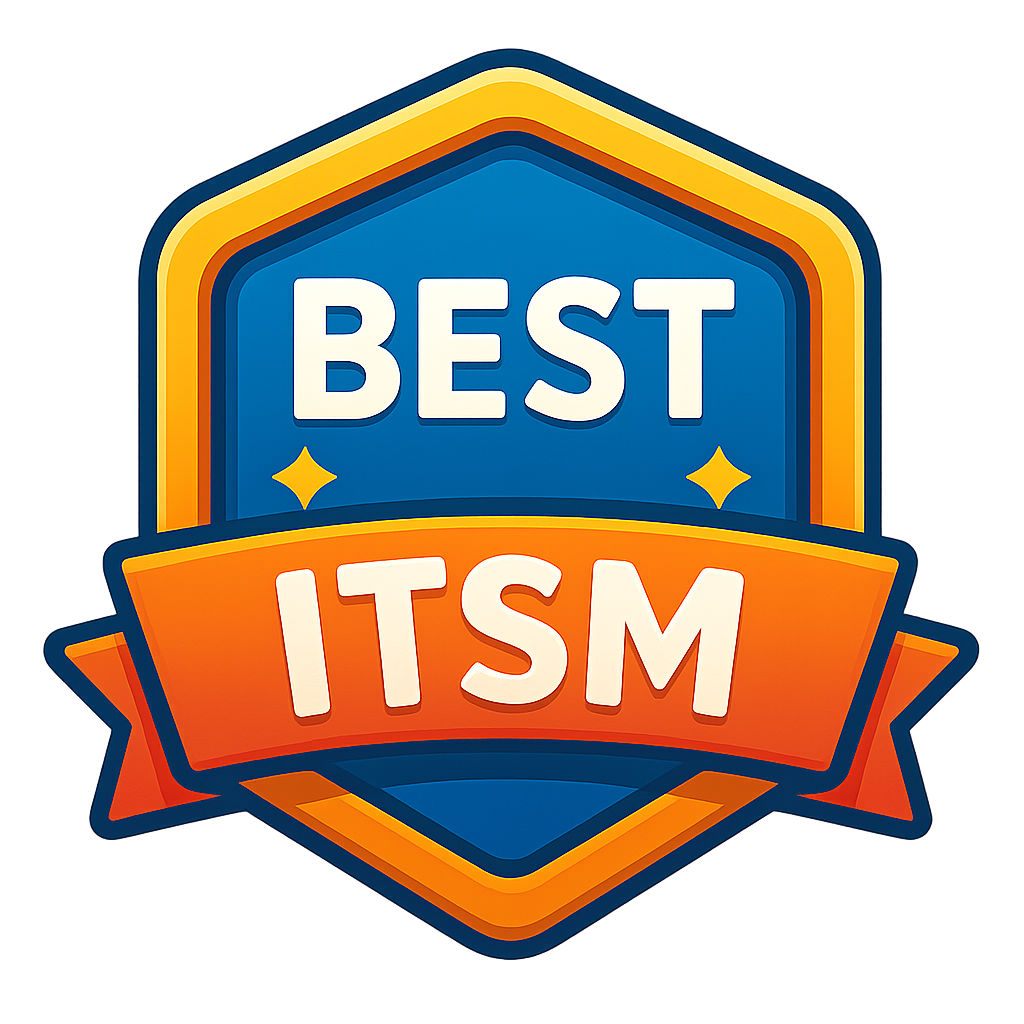Integration Capabilities (with other business tools)
What are Integration Capabilities (with other business tools)? Integration capabilities refer to the ability of software applications to connect and communicate with other business tools, creating a seamless and cohesive IT ecosystem. In today's interconnected business environment, the ability to integrate various applications is essential for enhancing data flow, improving operational efficiency, and fostering collaboration across departments. Effective integration ensures that different systems work together harmoniously to support business processes and achieve strategic objectives.
At the core of integration capabilities is the concept of interoperability, which is the ability of different systems and applications to exchange and use information effectively. Integration can be achieved through various methods, including application programming interfaces (APIs), middleware, and data connectors. These technologies enable data to flow between systems, ensuring that information is consistent, accurate, and up-to-date across the organization.
One of the primary benefits of integration capabilities is enhanced data flow. In many organizations, data is stored in silos within different applications, making it difficult to access and share information. Integration breaks down these silos, allowing data to move freely between systems. For example, integrating a customer relationship management (CRM) system with an enterprise resource planning (ERP) system ensures that customer data is synchronized across both platforms, providing a comprehensive view of customer interactions and transactions.
Improved operational efficiency is another significant advantage of integration capabilities. When systems are integrated, manual data entry and duplication are minimized, reducing the risk of errors and saving time. Automated data transfer between applications streamlines processes, allowing employees to focus on more strategic tasks. For instance, integrating an HR management system with payroll software automates the transfer of employee data, ensuring accurate and timely payroll processing.
Collaboration is also greatly enhanced through integration. When applications are interconnected, teams can easily access and share information, facilitating better communication and collaboration. For example, integrating project management tools with communication platforms like Slack or Microsoft Teams enables team members to collaborate on tasks, share updates, and discuss project progress in real-time.
Integration capabilities support scalability and flexibility in IT environments. As organizations grow and their technology needs evolve, the ability to integrate new applications with existing systems is crucial. Scalable integration solutions ensure that new tools can be seamlessly added to the IT ecosystem without disrupting operations. This flexibility allows organizations to adapt to changing business requirements and leverage new technologies to drive innovation.
APIs play a critical role in integration capabilities. APIs provide a standardized way for applications to communicate and exchange data. They enable developers to create integrations between different systems without needing to understand the internal workings of each application. Many modern software solutions offer robust API frameworks, making it easier for organizations to build custom integrations that meet their specific needs.
Middleware is another key technology used in integration. Middleware acts as an intermediary layer between applications, facilitating data exchange and communication. It provides a centralized platform for managing integrations, ensuring that data flows smoothly between systems. Middleware solutions often include tools for data transformation, routing, and orchestration, enabling complex integration scenarios.
Data connectors are pre-built integration solutions that enable connectivity between specific applications. These connectors simplify the integration process by providing ready-made interfaces for common applications. For example, a data connector for integrating a marketing automation platform with a CRM system ensures that marketing data is automatically synced with customer records.
In conclusion, integration capabilities are essential for creating a seamless and cohesive IT ecosystem. By enabling connectivity and communication between different business tools, integration enhances data flow, improves operational efficiency, and fosters collaboration. Leveraging technologies like APIs, middleware, and data connectors, organizations can build scalable and flexible integration solutions that support their strategic objectives and drive business success.
